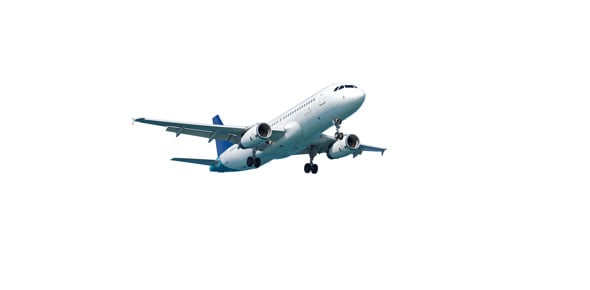A320f Limitations Review Aircraft Engines
- EASA CS-25
- FAA FAR Part 25
2.
You may optionally provide this to label your report, leaderboard, or certificate.
×
Thank you for your feedback!
















